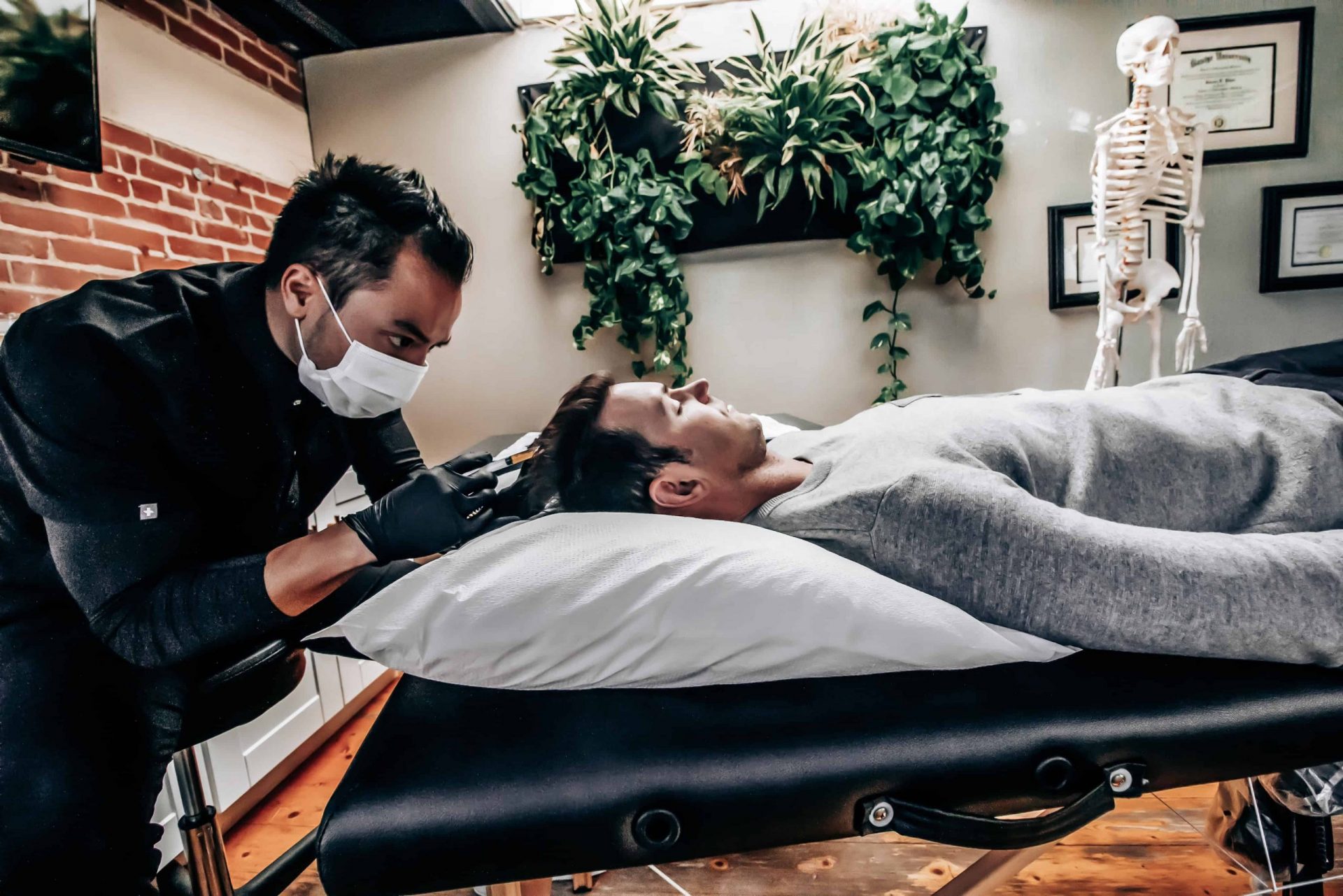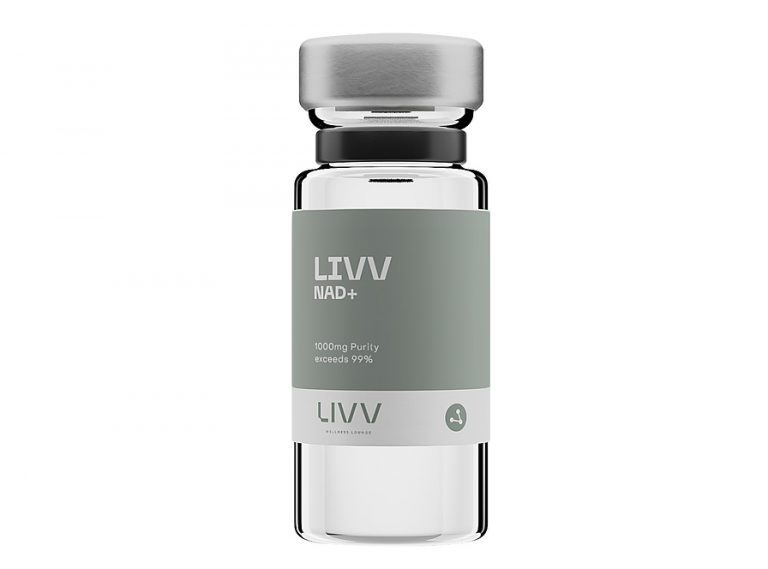PRP Treatments for Hair Growth

PRP Treatments for Hair Growth
In the United States alone, more than 50 million men and 20 million women are bald or balding as a result of genetics or other factors.
Hair loss or thinning can be an embarrassing issue and one that can sometimes be difficult to solve. Though there are countless treatments and products on the market today promising to solve your hair loss, the reality is that many do not produce results, or if they do, they carry dangerous side effects.
Now, a treatment that has been used to do everything from reducing joint pain to promoting healthy skin, is offering those suffering from hair loss a safe, effective solution. That treatment is called PRP. Keep reading to learn everything you need to know about this groundbreaking solution, and how to know whether it’s the right choice for you.
What is PRP and How Does it Work?
If you’ve ever heard of a vampire facial, then you already know a little about the concept behind PRP. PRP stands for Platelet-Rich Plasma. Like a vampire facial, PRP for hair growth involves using a person’s own blood to promote healing and growth.
In a hair restoration blood is drawn. The blood is then put through a centrifuge in order to isolate the platelets, which are then applied to the skin after microneedling or microdermabrasion. The same initial process is used to isolate platelets during a PRP treatment. These platelets also creates a concentration of the 7 fundamental protein growth factors proven to promote wound healing. Once isolated, the plasma platelets are then injected into a patient’s scalp. Depending on the extent of the hair loss, a varying number of injections may be used. If a patient is experiencing thinning hair on their entire scalp, then many injections may be made, spaced approximately ever half-inch across their head. Even if many injections are made, the process is fast, with most patients finished in under an hour.
PRP treatments are usually performed once a month for the first three months, then again once every three to six months, depending on the patient’s level of hair loss or the success of previous treatments. While having blood drawn and then re-injected sounds serious, the process is very safe, with little chance of side effects. Depending on a patient’s skin and tolerance for needles, bruising and some discomfort can occur, applying ice packs before treatment can help.
After a PRP treatment, a hot shower can help to increase blood flow on the scalp and may help increase the results of the treatment. After you’ve had a PRP treatment, you should avoid harsh hair care routines, like blow drying or coloring your hair, for several days to keep from irritating your skin and hair.
What to expect
In a PRP therapy, plasma-rich platelets are separated from the patient’s blood and injected into his or her scalp to activate a specific set of follicular progenitor cells. The cells are responsible for making your hair grow. Over time or as a result of genetic or other factors, these cells slow down and may stop activating hair growth. PRP treatments aim to restart this growth, to help your body regrow its own hair.
PRP Vs. Other Hair Growth Options
Many hair growth options involve harsh chemicals or unnatural solutions that can sometimes cause more damage to your scalp and hair. Rogaine is the most popular prescription treatment for hair growth, yet only 10 to 14 percent of people who try it experience hair growth. Another option is Propecia, the first oral treatment designed to promote hair growth. But like all prescription drugs, taking Propecia carries a risk of side effects, and results vary.
Attempts to cover up hair loss also result in uncomfortable itching and negative aesthetic outcomes over the long term. In addition to wigs and toupees, scalp micropigmentation has become a new trend, prompting many men to undergo a medical procedure in which the appearance of hair follicles are tattooed to their heads, giving the appearance of having a buzz cut. However, the ink can degrade and become less defined with time and sun exposure. It also isn’t easily reversed since tattoos are difficult to remove and often leave scars.
Hair transplant surgery is another alternative many men opt for, but it’s expensive and comes with some risks. In these procedures, small pieces of one’s hair-bearing scalp are removed and then placed in thinning or balding areas as grafts. The cost of hair transplant surgery ranges from $4,000 to $15,000 dollars. In some cases, inflammation and folliculitis (infected hair follicles) can occur at the place and time where new hair growth begins. That new hair growth may take between 3 and 9 months after a series of procedures, making it a fairly slow process. While it is known to be more effective than over-the-counter products, the potential scarring and underwhelming results can leave many wishing they went a more natural route.
Alternatively, PRP is safe, effective and natural. Because your own blood is used to promote hair growth, you won’t have to worry about dangerous or uncomfortable side effects. The treatment is minimally invasive and helps your body regenerate its own healthy hair.
Are You a Candidate?
If you’re experiencing hair loss, it’s a good idea to schedule a complimentary consultation over the phone or in person before trying more intrusive and risky procedures. Avoid resorting to surgery and other treatments that are invasive, ineffective and uncomfortable. With no harmful side effects and a more natural treatment, PRP is a great solution for anyone experiencing hair loss as a result of genetic or other conditions.
To learn more about PRP treatments or to find out whether it might be the right choice for you, click here to learn more today!
Dr. Jason Phan NMD – LIVV Natural Health | Naturopathic Medical Doctor specializing in IV Vitamin Therapy, PRP (platelet rich plasma)/Regenerative Injections, Men’s and Women’s Health, and Optimal Living. .
Sources
-
Research demonstrates potential of platelet-rich plasma therapy for hair loss | American Academy of Dermatology
https://www.aad.org/media/news-releases/prp-therapy-for-hair-loss -
Learn About This New Facial Treatment That All the Celebrities Are Raving About
https://livvnatural.com/learn-about-this-new-facial-treatment-that-all-the-celebrities-are-raving-about/ -
Hair Loss Got You Down? Platelet-Rich Plasma May Regrow It – Health Essentials from Cleveland Clinic
https://health.clevelandclinic.org/hair-loss-got-you-down-platelet-rich-plasma-may-regrow-it/ -
Female Hair Loss Statistics – New York
https://www.truedorin.com/blog/2015/06/02/female-hair-loss-statistics-know-158887 -
How I Avoided Knee Surgery With Prp Injections
https://livvnatural.com/how-i-avoided-knee-surgery-with-prp-injections/ -
Hair Transplant Procedures: Average Cost, What to Expect, and More
https://www.webmd.com/skin-problems-and-treatments/hair-loss/men-hair-loss-17/hair-transplants -
Platelet-rich plasma: evidence to support its use
https://www.joms.org/article/S0278-2391(03)01272-2/pdf




